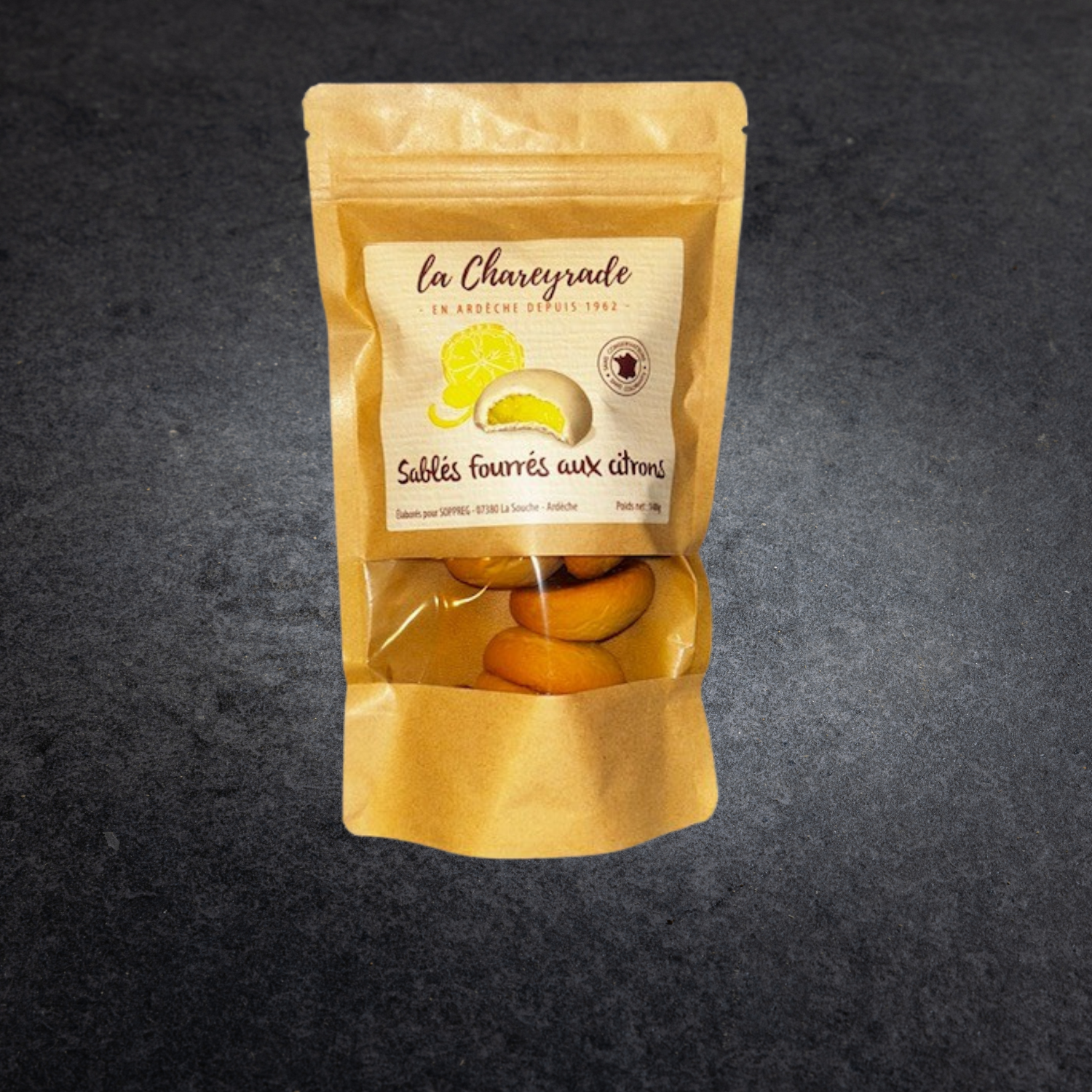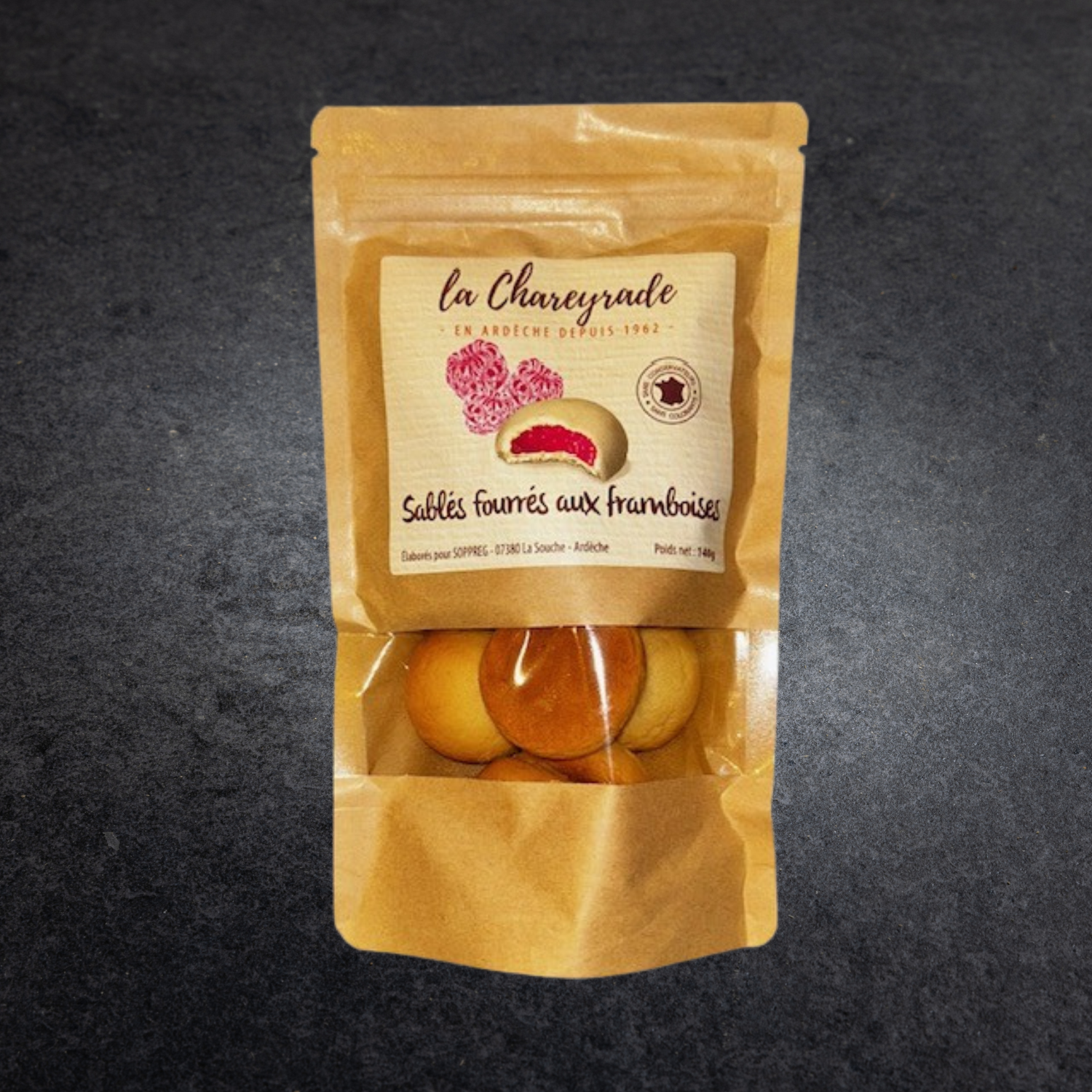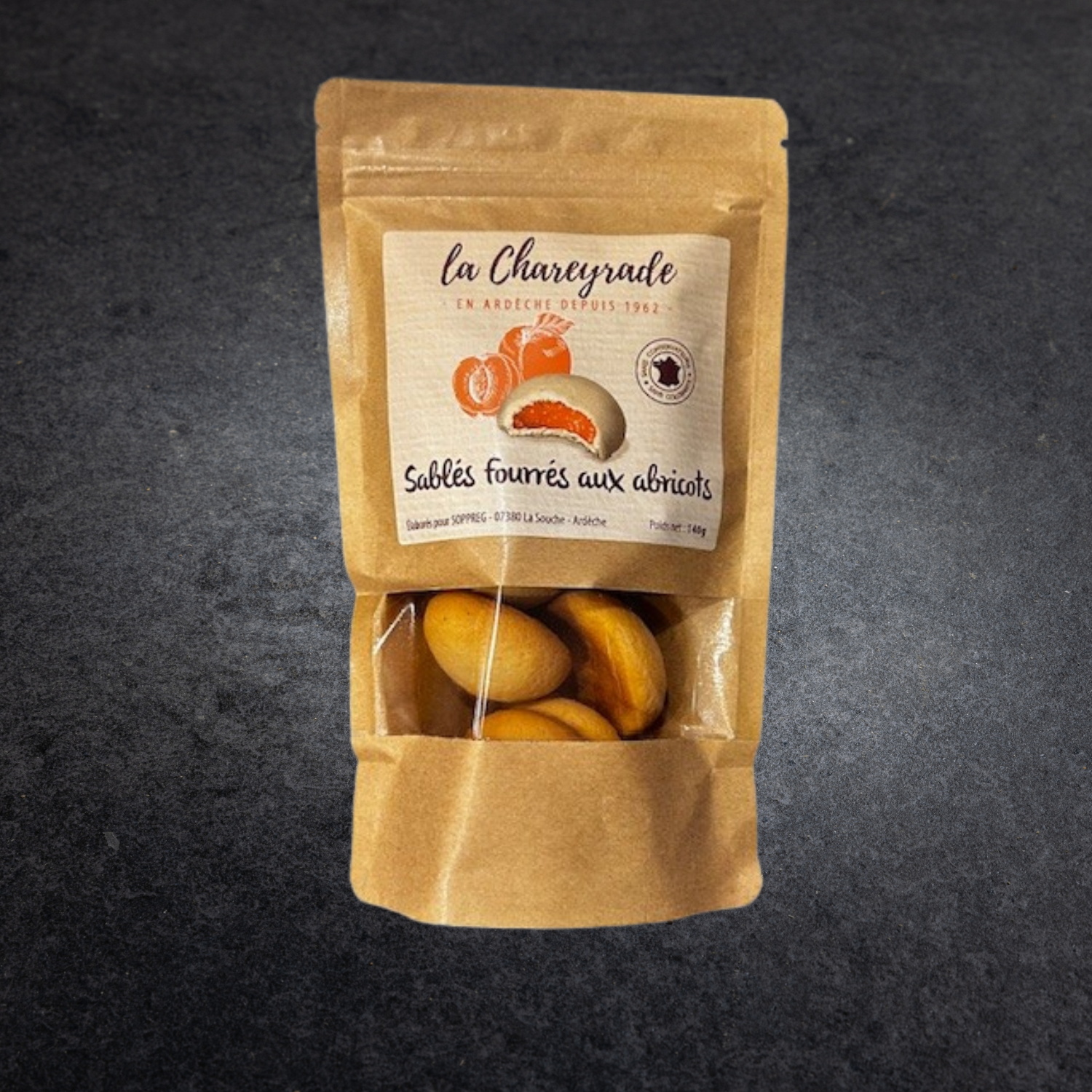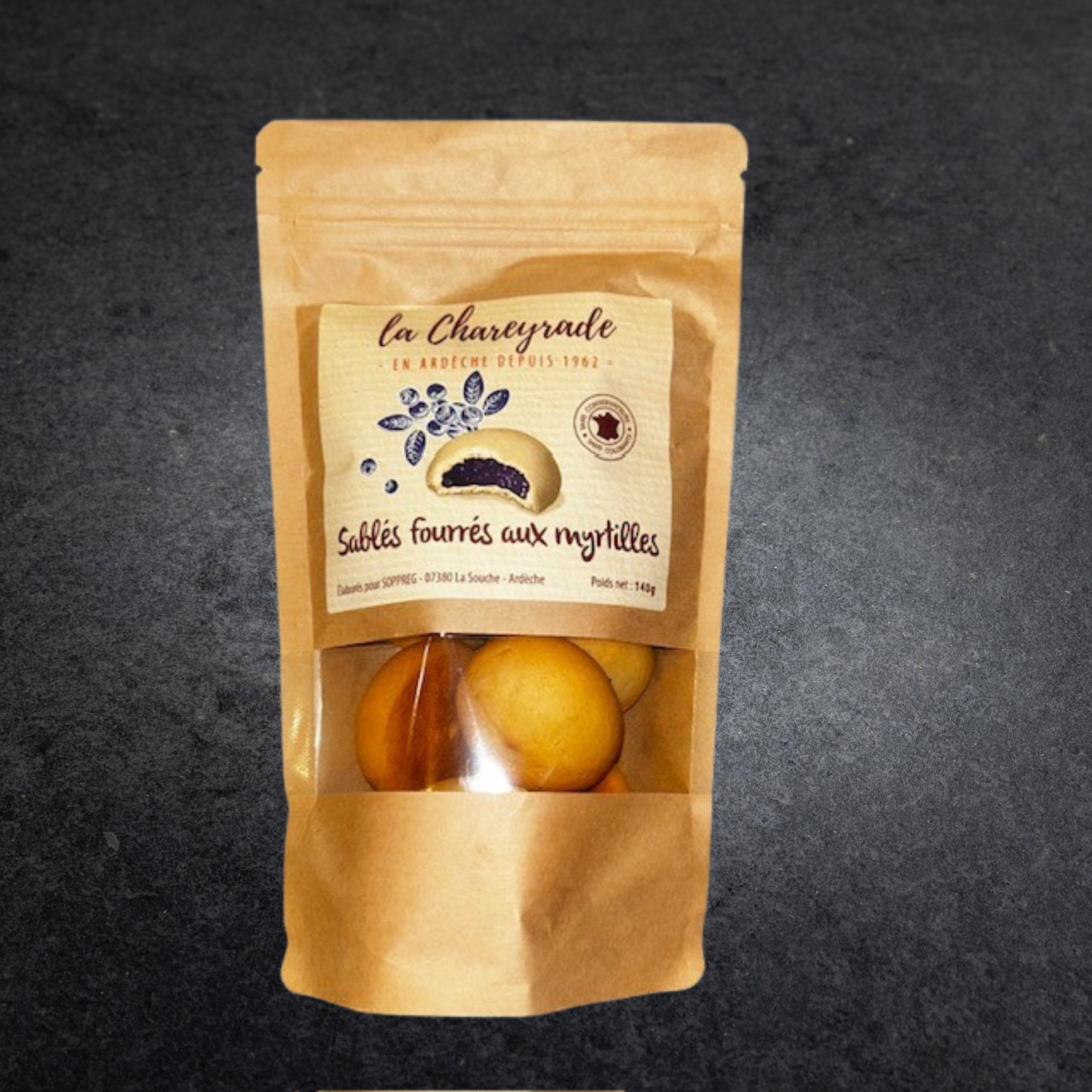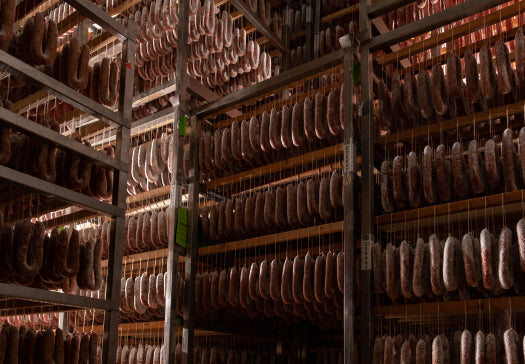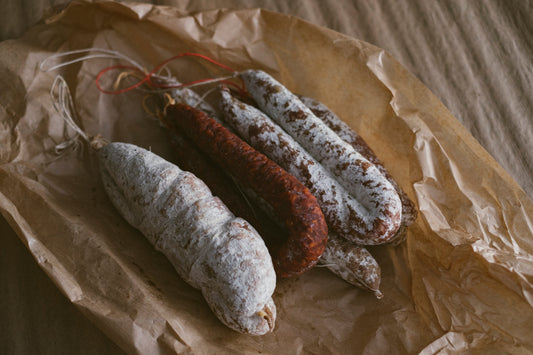The recipe for Ardèche sausage
For a very long time, Ardèche has been a land of dried charcuterie (sausage, ham) because the mountainous climate (dry and windy) is conducive to this way of preserving pork. This traditional, ancestral know-how has been added to the inventory of France's culinary heritage since the 16th century. Since 2011, this know-how has been protected by a PGI (Protected Geographical Indication), a label that assures the consumer of respect for a recipe inspired by the Ardèche tradition, according to a consensus of the Ardèche charcutiers adhering to this PGI.
Here we provide you with the different stages of the production of our sausages , our Ardèche charcuterie specialty .
The ingredients of sausages

- Meat
We only use fresh, French pork to make our Ardèche dry sausage .
The shoulder (muscle of the front leg of the pig) which provides the lean part of the meat and the breast (belly of the pig) which provides the fat and which we prefer to the fat of bardière (back fat) because it is tastier and more flavorful. It is with this fat that we also make bacon, lardons.
- seasoning the meat
Since the acquisition of the delicatessen, we have kept and respected the original recipe of our Ardèche specialties :
- salt, pepper, a pinch of garlic
- lactose and lactic ferments (very similar to those in yogurts and cheeses) because sausage is dried and fermented meat
- potassium nitrate - saltpeter - for protection against botulism
- red wine from the Rosières cellar (located 50 meters from the factory, on the other side of the river)
- lots of love...
- and THAT'S IT!
The making of the scrum
The shoulder and breast are weighed so as to have a mixture of 200kg of meat. Then, it is passed through the grinder which cuts into small pieces before the seasoning is added. Then comes the mixing stage and we obtain seasoned sausage meat which will rest for several hours in the cold.
Casing (or embossing)

We only use natural casings, that is to say, the pig's intestines cleaned in casing factories and each sausage has its own casing.
The cleaned casings are filled with the mixture using a pusher. The mixture is pushed into the casing, avoiding any air pockets that would cause the meat to rot.
Traditionally in Ardèche, during the killing of pigs, the intestines were washed in the river.
Surface Flower Seeding
Our Ardèche sausages have a natural flower that is passed down from generation to generation... of sausages! This flower is collected from matured sausages. It is used to prepare a "flower bath" in which the freshly embossed sausages are soaked. Thus, the old give their flower to the young who in turn will give it to the following productions.
Steaming
This manufacturing stage, which lasts 24 to 48 hours, consists of starting the drying of the Ardèche sausages and starting the fermentation. A flow of warm air at 20-25°C allows the few sugars naturally present in the meat and the added lactose to be transformed, during fermentation, into lactic acid which prevents the proliferation of unwanted bacteria, ensures the preservation of the meat and naturally binds the fat and the lean.
Dry sausages lose 10 to 15% of their initial weight (water loss) after steaming.
Drying
It lasts 5 to 7 weeks depending on the diameter of the dry sausage . The surface flower and the taste develop over time (for more details, see the article: how our sausages dry).
Learn more about drying sausages
The packaging
We deliver our dry sausages "naked", with a label around the string indicating the packer code on one side and the type of sausage on the other to avoid over-packaging. All information on the product (compositions, nutritional values, etc.) can be found on the product sheets on the website.

